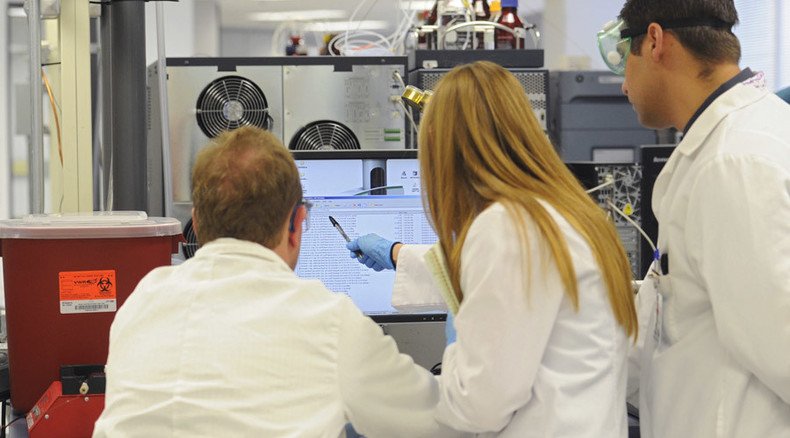Hair brain scheme! Scientists use hair follicles to create nerve repairing cells

British scientists have used hair follicles to stimulate the growth of cells which help damaged nerve cells repair themselves.
The discovery could lead to new treatments for nerve damage which would not, unlike existing ones, require a transplant.
The team of researchers from the University of Newcastle’s Institute of Genetic Medicine treated the stem cells, originally taken from hair follicles, with chemicals so that they turned into Schwann cells – specialized cells integral for nerve damage repair.
Professor Maya Sieber-Blum explained the method used to devise the experiment.
“We observed that the bulge, a region within hair follicles, contains skin stem cells that are intermixed with cells derived from the neural crest – a tissue known to give rise to Schwann cells. This observation raised the question whether these neural crest-derived cells are also stem cells and whether they could be used to generate Schwann cells.
READ MORE: Revolutionary ‘cancer-killing’ radiotherapy scanner to be tested in UK
“We then used pertinent small molecules to either enhance or inhibit pathways that are active or inactive, respectively, in the embryo during Schwann cell differentiation,” she added.
Current treatment for peripheral nerve injury involves taking a graft to bridge damaged areas. However, these treatments can sometimes lead to further damage.
The peripheral nervous system is a network of 43 pairs of nerves which connect the central nervous system – the brain and spinal cord – to other organs and limbs.
Peripheral nerves are responsible for the collection of sensory information which is relayed back to the central nervous system, but unlike their CNS counterparts, peripheral nerve cells are unable to regenerate.
The Newcastle team created populations of human Schwann cells in their labs, which showed promising interactions with nerve cells.
In the journal Development, the team wrote: “The next step is to determine, for example in animal models of peripheral nerve injury, whether grafts of these Schwann cells are conducive to nerve repair.”












